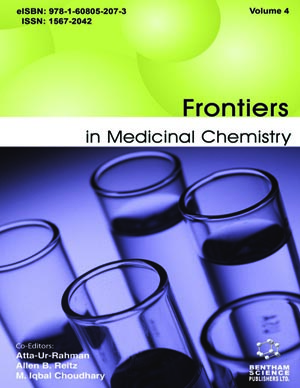Abstract
Coumarins, also known as benzopyrones, are present in remarkable amounts in plants, although their presence has also been detected in microorganisms and animal sources. The structural diversity found in this family of compounds led to the division into different categories, from simple coumarins to many other kinds of policyclic coumarins such as furocoumarins and pyranocoumarins.
Simple coumarins and analogues are a large class of compounds that have attracted their interest for a long time due to their biological activities: they have shown to be useful as antitumoural, anti-HIV agents and as CNS-active compounds. Furthermore they have been reported to have multiple biological activities (anticoagulant, anti-inflammatory) although all these properties have not been evaluated systematically. In addition their enzyme inhibition properties, antimicrobial and antioxidant activities are other foremost topics of this field of research.
The present work is to survey the information published from 1990 till 2008, which is mainly related to the occurrence, synthesis and biological importance of simple coumarins and some analogues such as biscoumarins and triscoumarins. Information is also highlighted concerning the development of new synthetic strategies that could help in drug design and in the work on SAR or QSAR.
Keywords: Simple coumarins, occurrence, synthesis, biological activity, SAR and QSAR






















